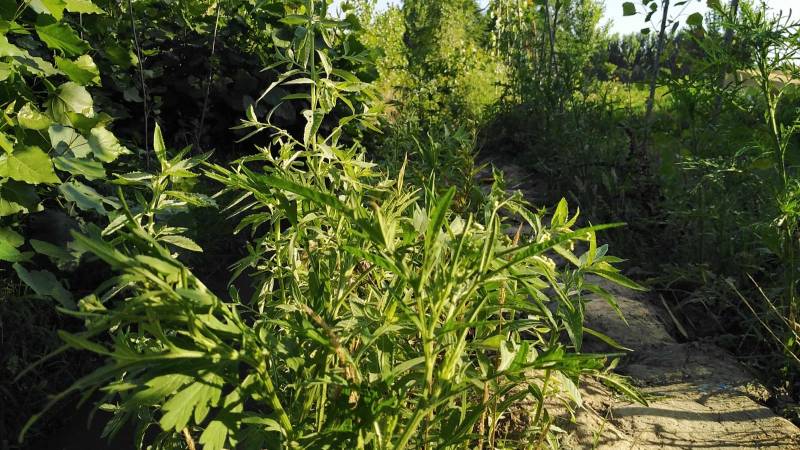
As delegates bickered at the annual climate change conference in Dubai, in Pakistan, a grave new environmental crisis is brewing.
With this year's United Nations Climate Change Conference of Parties (COP-28) winding down, questions are being raised about whether humanity can remain on the trail of sustainability. But, as negotiations reached a conclusion under the UN Framework Convention on Climate Change (UNFCCC) on the use of fossil fuels impacting global warming, some 1,180 miles away from Dubai, the impact of that indecision was being felt in the biodiversity of a small district in Pakistan's northwestern Khyber Pakhtunkhwa (KP) province.
In recent decades, the Mardan district in KP has seen an invasion by literal aliens, threatening its native ecology. These aliens have overseen the throttling of indigenous plants that the invading species have supplanted.
The threat from Invasive Alien Plant Species (IAPS) has grown so much that the government has decided to catalogue them as it surveys the battlefield for the environmental war to come.
The IAPS classified as "Parthenium Hysterophorus", a weed locally referred to as Gajar Boti in Urdu and Bang Boty in local Pashto, has been encroaching on the native flora in KP. In particular, it has emerged as a threat to the native medicinal plant of wild mint known as Mentha Longifolia, locally referred to as Jangli Podina in Urdu and Venaly in Pashto.
A report by the Intergovernmental Platform on Biodiversity and Ecosystem Services (IPBES) has classified around 37,000 alien species worldwide, which have spread to non-native areas and biomes across the world due to human activity. More than 3,500 of these species, including Parthenium, are considered harmful by the report.
The IPBES report finds that the global economic cost due to IAS exceeded $423 billion annually in 2019 alongside dramatic changes to local biodiversity and ecosystem. This cost has at least quadrupled every decade since 1970.
IAS a threat to native flora in KP
Mardan-based farmer, 67-year-old Gul Saeed Bacha, leases a small patch of land for subsistence farming of essential crops such as tomatoes, cucumber and other vegetables.
Along with his crops, he makes sure to grow some venaly on the side. Considered to have medicinal properties, venaly is used in home remedies to treat stomach ailments.
Bacha tells The Friday Times that ever since he was ten years old, he remembers being sent by his mother to fetch a handful of the wild mint from the banks of his village's irrigation canals whenever she had a stomach bug.
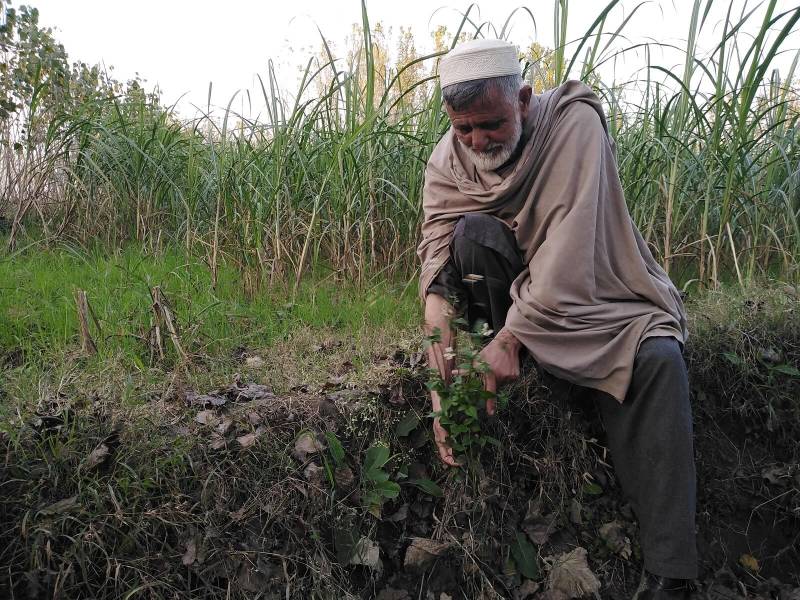
He explained that his practice of cultivating the herb was not only a need but that it continues a tradition followed by his mother and other village elders that uses the remarkable healing properties it carried.
"Venaly has been in our use for generations; it was in every house, and my mother often said, 'venaly is cure for 100 diseases'," he said.
A herb, once abundantly found along every drain and canal, venly has become quite rare after Parthenium supplanted it.
Pointing towards a Parthenium spurt, Bacha said it is everywhere in his village. The farmer says he does not know much about the plant but knows it was not present in his village until 15 years ago. But now, you can find it everywhere in the village and the surrounding areas.
Bacha lamented that it even tries to creep into their homes.
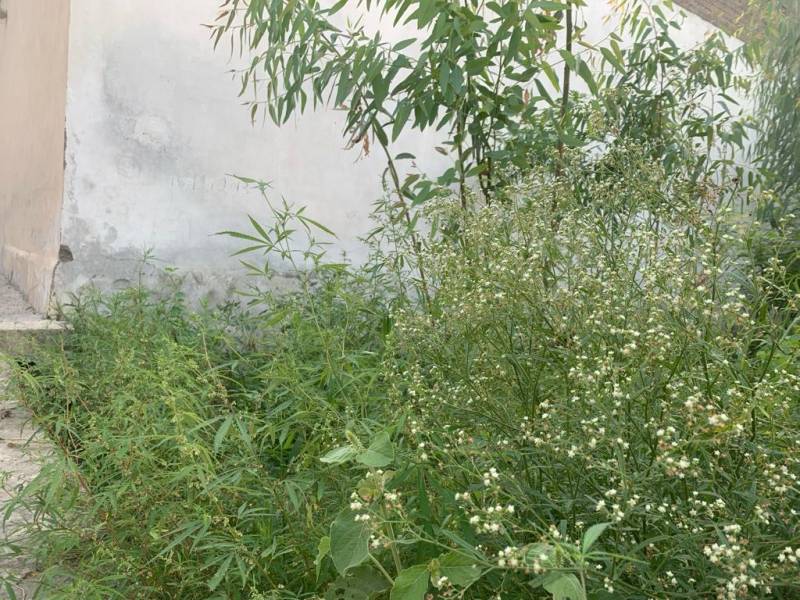
But the real battle he has to fight is in his patch of leased farmland. Bacha claimed Parthenium had conquered many of his crops apart from eliminating native plants like venaly. Another small plant, the leafy vegetable called Ganhar Amaranthus Viridis, is now seldom seen growing in the wild.
Bacha lamented that despite its abundance, Parthenium is useless to them. Their farm animals or livestock do not choose it as fodder, and interacting with it gives them an itch.
The speed with which Partheinum has spread across KP has never been seen in the region before.
The Khyber Pakhtunkhwa Non-Timber Forest Products Directorate Deputy Director Haseeb Ahmad told The Friday Times that the department currently has no data about the status of Venaly. However, he said they were well aware of the threat posed by an IAPS like Parthenium and its spread.
Ahmad said that Partheinum has reached cultivable lands and dominates many plant species, thus impacting food security.
For the government sector, though, it is still early days in their fight against the invasion. The departments of Forest and Agriculture have yet to devise a plan to eradicate this species or, at the very least, curb it. Ahmad said that part of the inaction stems from the fact that, at the moment, no specific rules, laws, or frameworks have been agreed upon to tackle this invading plant.
In 2019, the KP Agriculture Research Centre In Peshawar launched an initiative to control the Perthenium population and a Parthenium Control Cell (PCC) was established with support from an intergovernmental not-for-profit organisation, the Centre for Agriculture and Biosciences International (CABI).
Under the programme, staff of the agriculture extension department and some local farmers were sensitised to the existence of the parthenium threat. However, the initiative folded within a year due to the lack of government support.
The Friday Times attempted to contact past KP ministers to speak on the subject, but most politicians associated with the Pakistan Tehreek-e-Insaf (PTI) have disappeared underground and queries on this matter went unanswered.
Parthenium, a wild weed
Dr Riaz Afridi, a deputy coordinator for agriculture research at the Climate Resilience Through Horticultural Interventions in Khyber Pakhtunkhwa Project, said Parthenium Hysterophorus is a species of flowering plant that belongs to the Asteraceae family and is generally considered a weed. It is believed that it entered India along with food grains imported from the USA. It was first identified in Pune, in the Maharashtra district of India, in 1955 and has since spread to most parts of the sub-continent.
It is thought to have entered Pakistan, Nepal and Bangladesh on vehicles travelling through these countries.
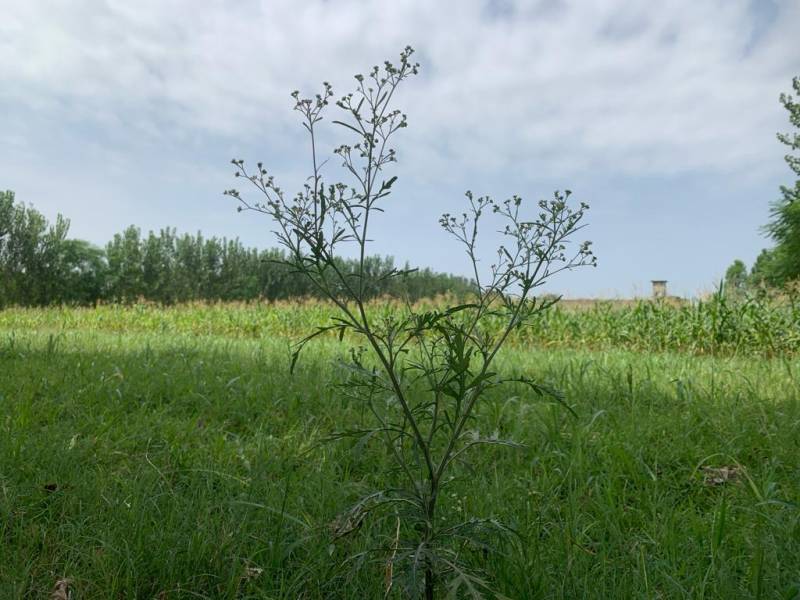
In Pakistan, Dr Afridi said the Parthenium weed was first reported in the Gujarat district of Punjab in the 1980s. Since then, it has rapidly spread throughout the Punjab, the Islamabad Capital Territory (ICT) and subsequently spread to KP.
Dr Afridi said every plant has positive and negative impacts. But compared to other exotic plants and species, this weed was highly invasive and was having a negative impact on the local flora, agriculture, livestock and human health.
"It is an aggressive coloniser which reduces crop and pasture productivity, native plant community biodiversity and negatively affects human health as it causes allergy," he said, adding that a single seed of Parthenium can produce up to 15,000-25,000 seeds at a time.
However, due to its remarkable adaptive qualities, it has managed to reach almost all parts of KP using mainly human travel and waterways.
Dr Afridi said that the Parthenium pollen releases heavy deposits of a toxin that impacts the growth of other plants and crops nearby, including having an impact on the seed set of crops -- the stage in seed development which is crucial to determining grain number, seed mass, and realised yield potential of seeds. As a result, Parthenium has been attributed to losses of up to 40% in maize yield.
Moreover, Parthenium has been blamed for reducing the cover of pleasant species of grasslands by up to 90%.
Further, because of its unchecked spread over large grasslands and grazing areas, it can have an impact on livestock's health, affecting milk production and meat quality.
Federal Climate Ministry Deputy Director Dr Rizwan Irshad told The Friday Times that IAPS, such as Parthenium, pose a significant threat to Pakistan's biodiversity. He lamented that Pakistan has a porous border with three of its neighbours, including Afghanistan, Iran and India, which made its transfer not only very easy but hard to keep in check. Controlling IAS, he said, requires a comprehensive global strategy.
Preventive measures and unintended consequences
When asked if Bacha takes any measures to control the spread of Parthenium, he pointed to the chemical sprays he uses to protect his crops, adding that he has resorted to using chemical pesticides to kill the invasive weed as well.
However, the spray requires repeated application because it fails to irreversibly affect the growth of this invasive alien species.
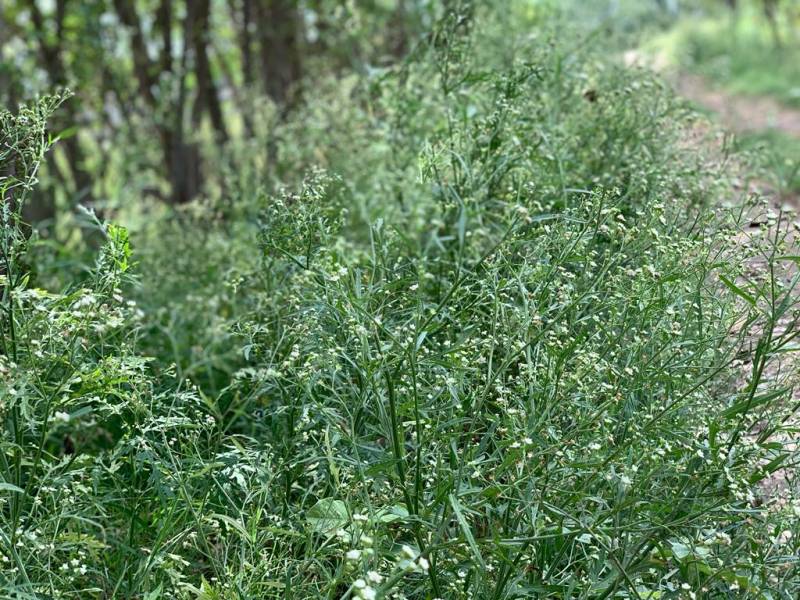
IAPS and national policies
The Pakistan Plant Database tracks some 6,000 varieties of plants due to the wide variety of ecosystems and biomes in the country.
However, the database fails to track IAS. Moreover, other national legal documents of Pakistan also fail to mention either IAS or policies to tackle the threat they pose to biodiversity.
At the same time, Pakistan is a signatory to the Convention on Biological Diversity (CBD), and a Biodiversity Action Plan (BAP) was approved by the Pakistan Environment Protection Council in 2000. The plan contained targets from 2010-2020 to mainstream biodiversity protection in the country's policies and planning.
In 2017, Pakistan set up the National Biodiversity Strategies and Action Plans (NBSAP) and set targets for 2030. One of the targets was to make citizens aware of biodiversity opportunities and threats and to protect biodiversity.
In the meantime, Pakistan, like other countries, has failed to meet its agreed 20 Aichi biodiversity targets. The International Union for Conservation of Nature (IUCN), which monitors Pakistan's NBSAP targets/achievements, noted that while projects like the Billion Tree Tsunami helped increase tree cover along with projects to increase protected areas. But, due to the unavailability of sufficient funds, Pakistan could not fully meet its targets.
As a result, people like Bacha and many others have no knowledge about the various invasive species threatening indigenous plants and crops or how to protect them.
Dr Irshad, however, disclosed that, at the moment, they are working on a national IAS strategy.
"During our research with CABI, around 700 vascular plants can be categorized as alien in Pakistan, out of which 73 species, including Parthenium, enjoy the status of invaders. However, the study needs further verification," he stated.
Noting the grave impact of climate change on Pakistan's biodiversity, Dr Irshad said that studies suggest climate change has facilitated the spread of IAS across the country and has created an opportunity for certain species to become invasive.
Responding to a question, Dr Irshad said that controlling IAS in Pakistan requires a crosscutting strategy.
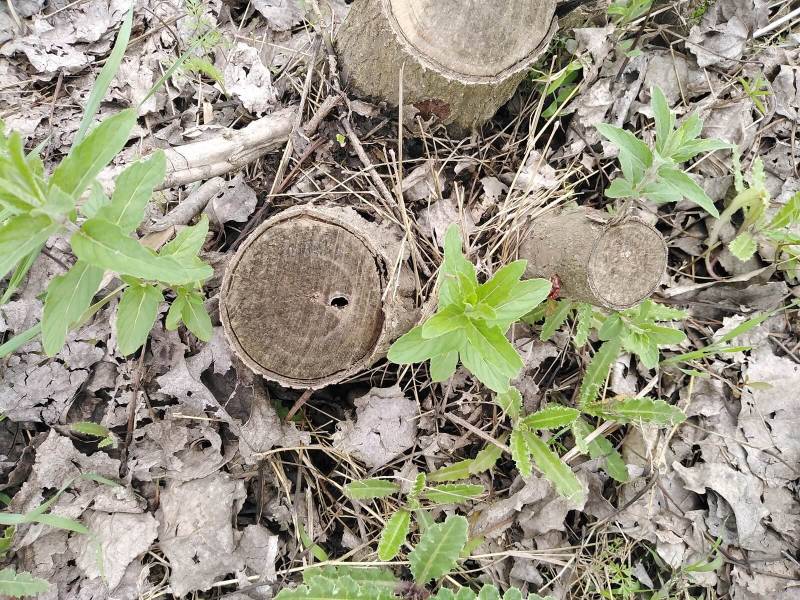
It is not the job of an institution or a department but all of us, including agriculture, forestry, universities and especially at the local government level, he said, adding that we should work collectively to combat IAS.
COP 28: Will humanity get back on track or backtrack on sustainability?
Per the IUCN Redd, some 1 million plants and animal species are at risk of extinction. Experts have warned that the continued destruction of nature across the planet will result in major shocks to food supplies and safe water, the disappearance of unique species and the loss of landscapes central to human culture and leisure by the middle of this century.
At the UN Biodiversity Conference of the Parties (COP-15) held in Montreal and hosted by Canada and China, countries signed an agreement to put humanity on a path to living in harmony with nature by the middle of the century. At the Convention on Biological Diversity (CBD) at COP-15, countries had agreed to a global target to protect 30% of the planet for nature by 2030, known as '30x30'.
With climate finance negotiations among core topics at COP-28, events, meetings and sessions address to highlight opportunities for coordinated action towards land degradation neutrality, carbon neutrality, halting the loss of biodiversity and achieving the Sustainable Development Goals and the Kunming-Montreal Global Biodiversity Framework targets by 2030.
Will leaders of rich states care about the extinction of native, traditional plants in poor countries, and a solution to the threat to life be found at COP-28?
It is difficult to answer these questions, but experts predict that by 2050, critical natural systems could break down if humanity does not follow through on commitments to tackle the five main drivers of nature loss.

